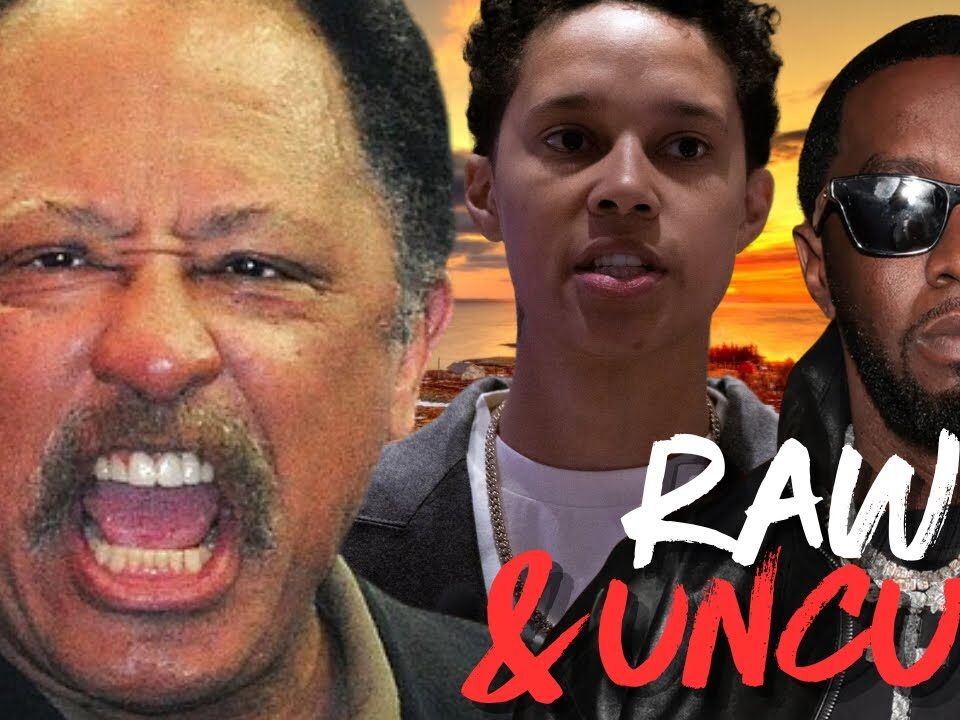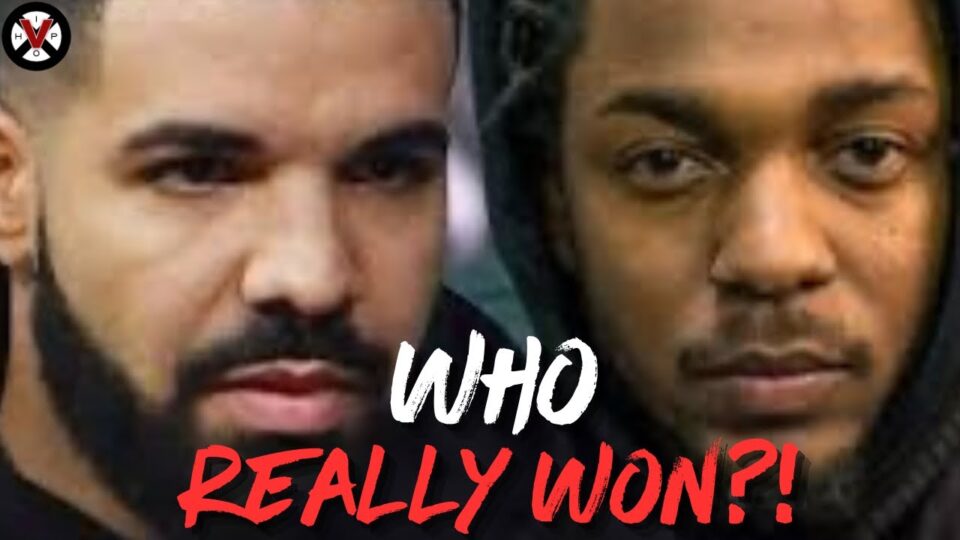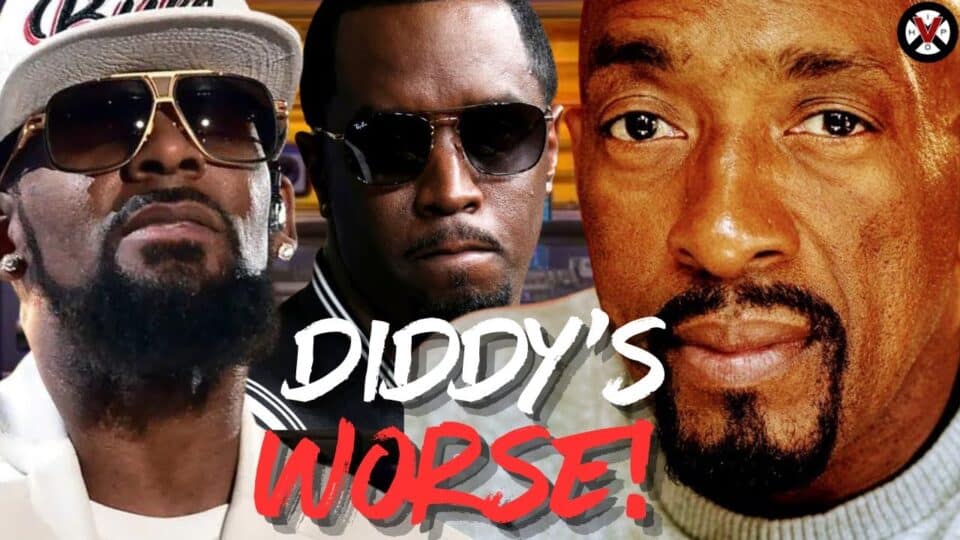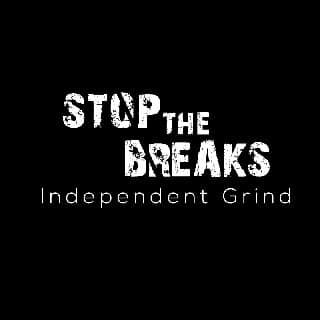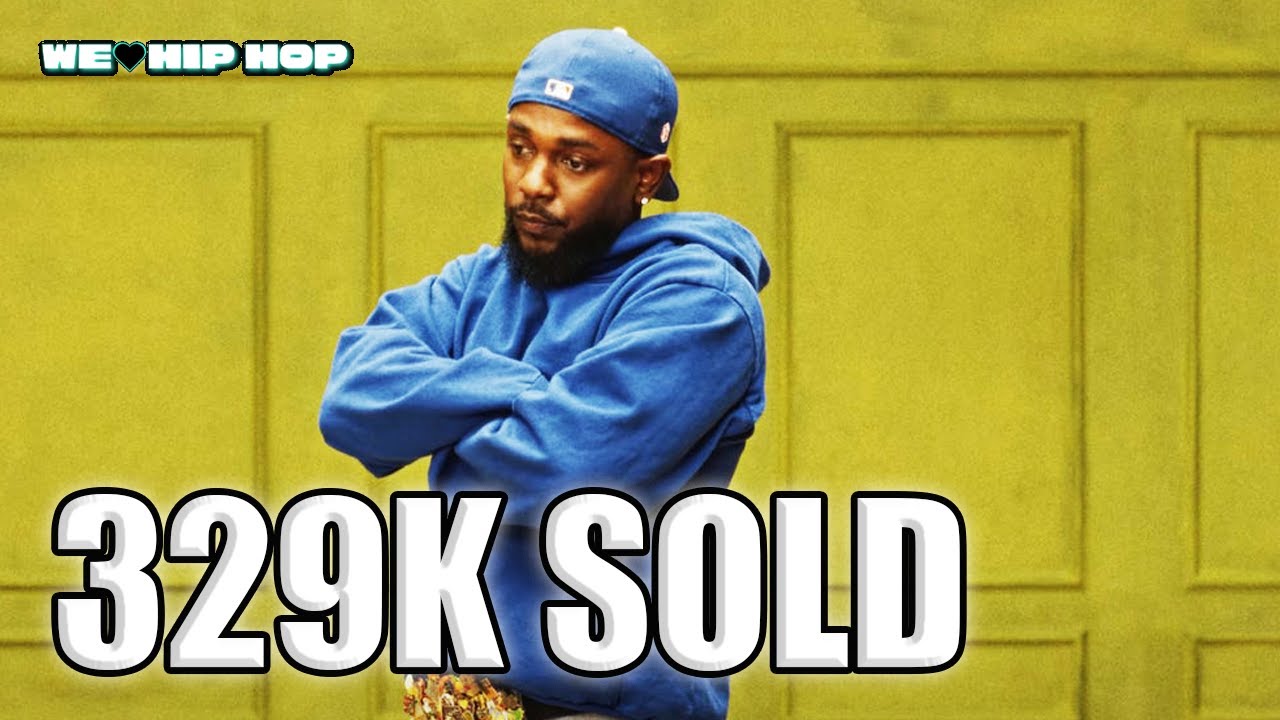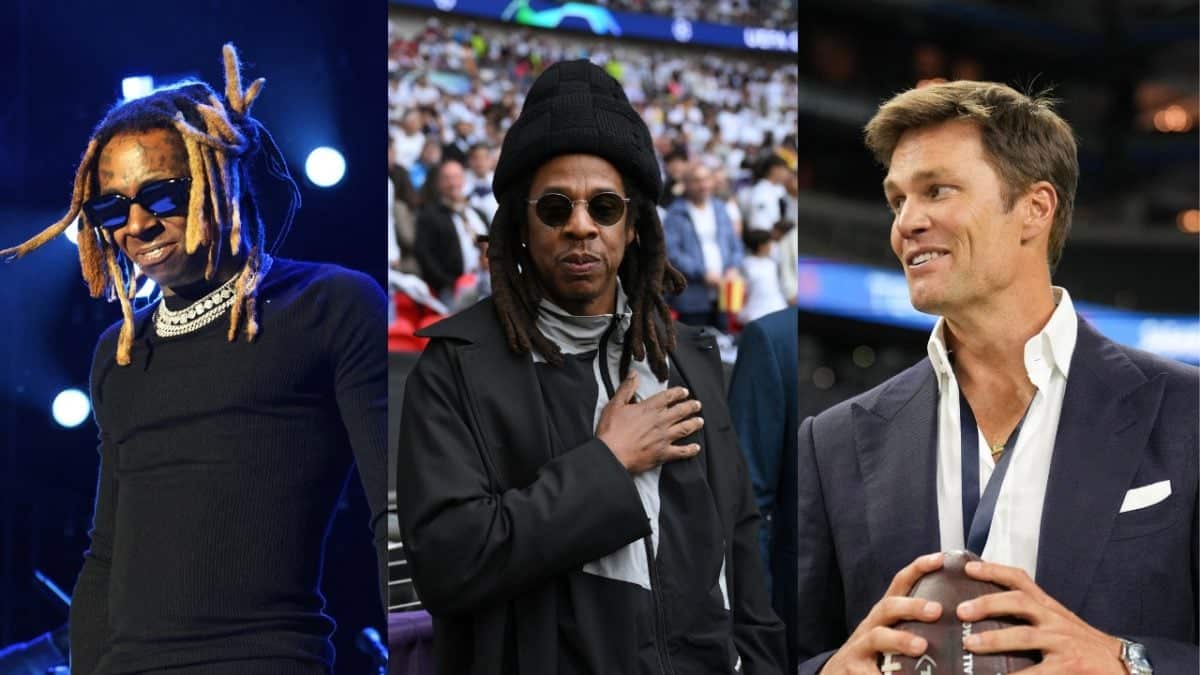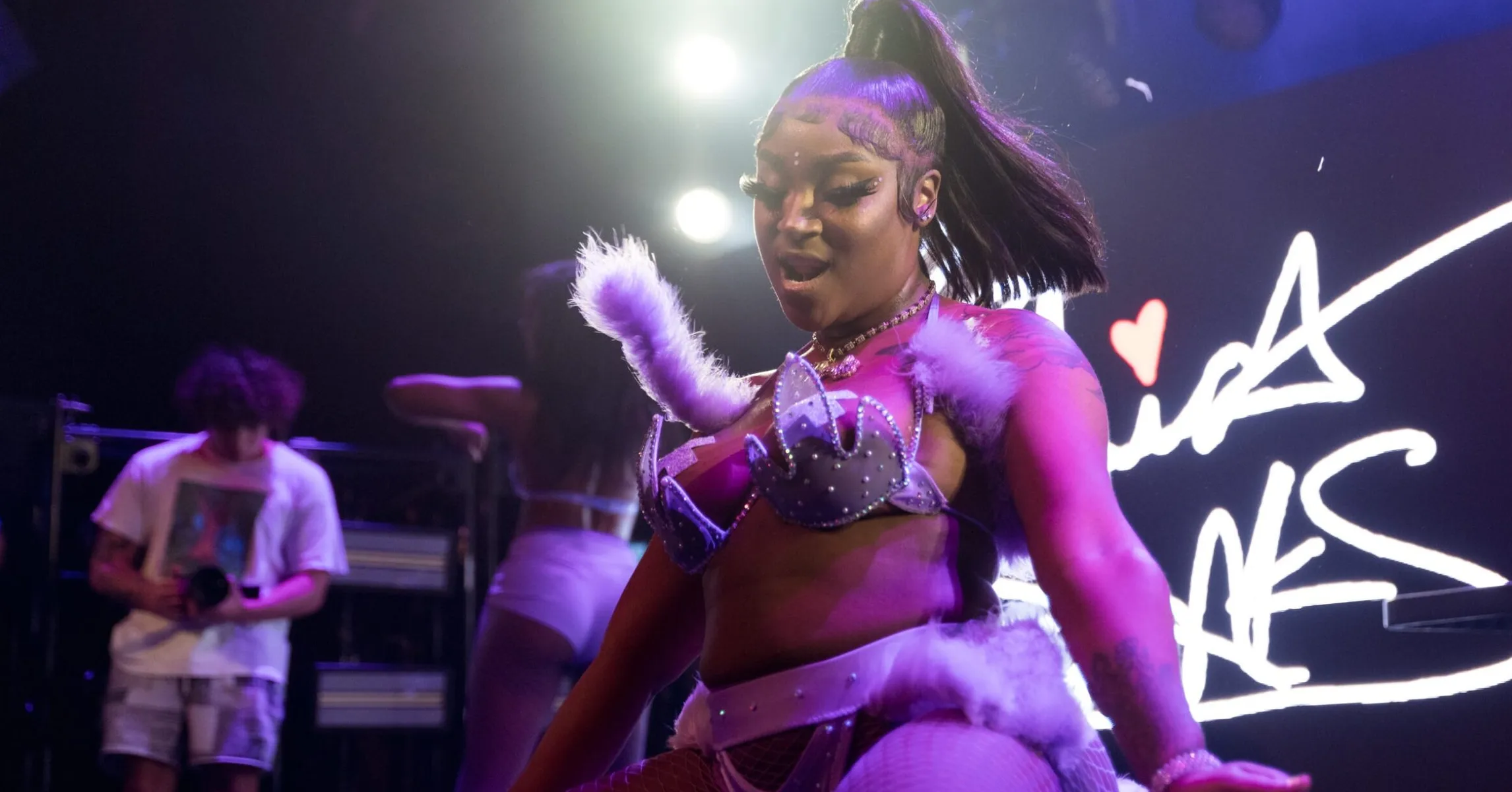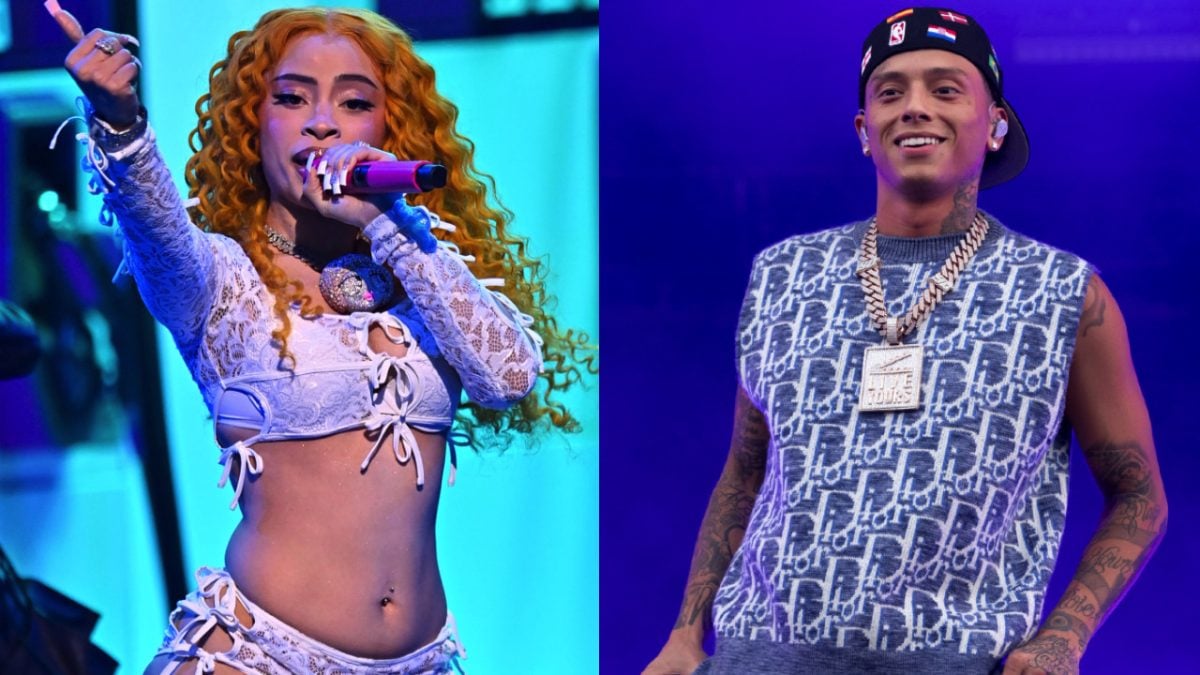Jason Whitlock recently made a remark that sparked an interesting discussion on femininity in sports and its cultural implications. He suggested that it’s becoming cool again to be feminine in the WNBA, which led to some profound reflections on whether femininity is under attack, much like masculinity.
The conversation began with a reflection on the recent women’s NCAA final and the WNBA draft. While these events showcased talented female athletes like Angel Reese, the discourse quickly shifted to the broader cultural implications. The idea that femininity is becoming cool again in the WNBA raised the question of whether society is simultaneously shunning women for being women, just as it has marginalized men for traditional expressions of masculinity.
This discussion isn’t new. Historically, shifts in media and societal expectations have influenced gender roles. In the 1960s, the rise of color TV and new film formats led to an economic strategy that targeted the black community by appealing to negative stereotypes. Figures like the pimp, drug dealer, and gangster were glamorized, contributing to a cultural narrative that undermined traditional manhood.
The conversation continued, examining the lasting effects of these portrayals on music and culture. Hip hop, a dominant genre for over 40 years, exemplifies this stagnation. Unlike other music trends that evolve every decade, hip hop’s core has remained largely unchanged. This stagnancy is evident in the lyrics and sampled music, which have seen minimal innovation. Even social gatherings reflect this, with older generations dancing to the same beats as the youth.
The discussion turned to the societal and economic impact of these cultural shifts. Government initiatives intended to provide safety nets inadvertently encouraged a cycle of dependence. This phenomenon, combined with the media’s portrayal of the black community, has contributed to the erosion of family structures and traditional values.
The critique extends to modern representations of masculinity and femininity. The discussion highlighted how men have shifted from being providers and protectors to adopting less traditionally masculine roles. This shift is not just seen in behavior but is also symbolized in fashion trends, like sagging pants—a style reportedly originating from prison culture as a sign of availability for exploitation.
Addressing women’s roles, the conversation critiqued the WNBA and broader societal expectations. It was argued that while female athletes strive for recognition, there’s a lack of emphasis on motherhood and community building. The portrayal of women in media often reflects masculine ideals, blurring gender distinctions and responsibilities.
The dialogue also touched on the historic and ongoing challenges within the black community, from the emasculation of men to the manipulation of cultural narratives by external forces. It was discussed how government and media have perpetuated certain stereotypes and roles, continuing to affect the community’s progress and self-perception.
The cultural analysis presented in this discussion sheds light on how shifts in media representation, societal expectations, and economic policies have intertwined to influence modern perceptions of masculinity and femininity. As the conversation about gender roles continues, it’s crucial to recognize these historical contexts and challenge the narratives that confine men and women to restrictive stereotypes.
